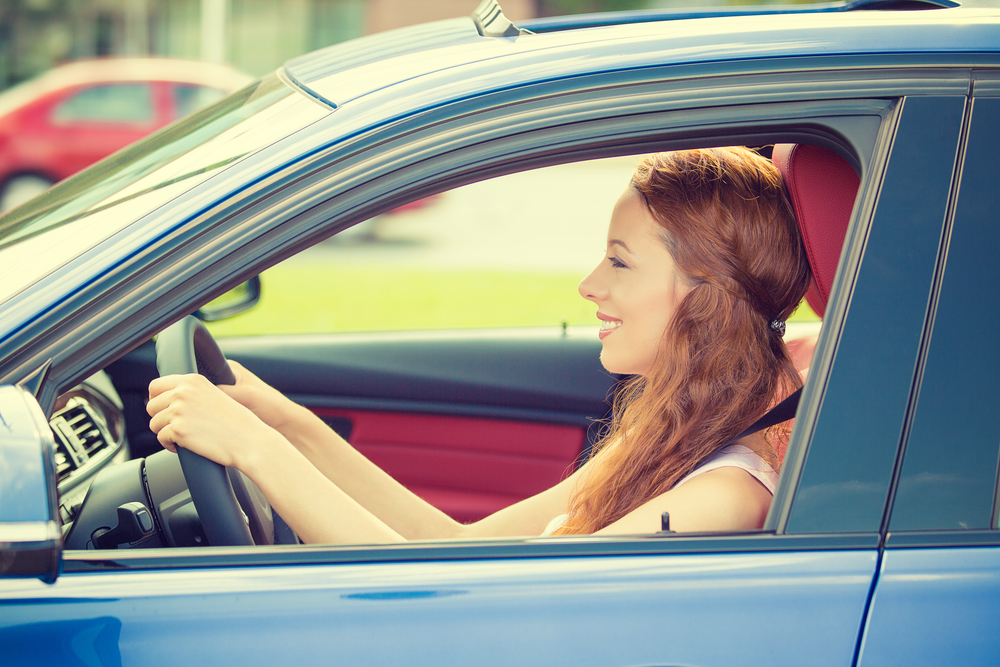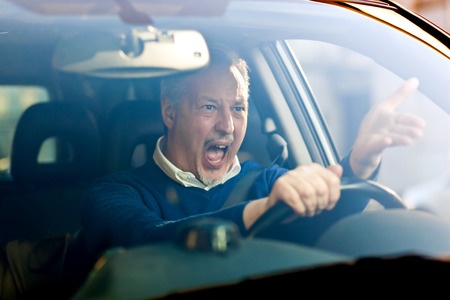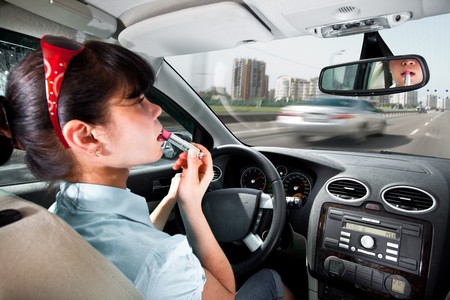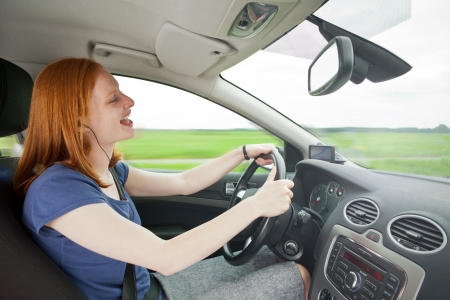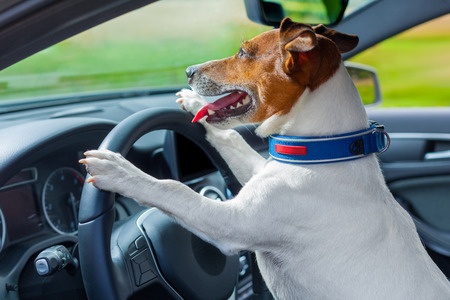Continuing our series of Driving Tips
Ways to Keep Your Teen Driver Safe
As a parent, one of the most nerve-wracking things that you can experience is letting your child on the road as a driver. No matter how much practice he or she has had, and no matter how well he or she did on the driving test, it’s still going to put a pit in your stomach.
Thus, it’s imperative that you go over proper safety rules and techniques with your teenage driver to keep him or her from getting into a collision on the road. Remember, a teen’s mind is still developing, so even if your child acts like he or she knows it all, it’s not true.
- Require Extra Driving Instruction: passing a test at the DMV doesn’t prepare your child for driving as much as it should. It’s a good idea to sign him or her up for a driving class that will go over more information and provide comprehensive training. An additional bonus is some insurance companies might provide a discount upon completion. Click here to contact us to find out if your company provides such as discount.
- Ride With Your Teen Often: this will give you an idea of how he or she is behind the wheel, and it will enable you to provide coaching on a consistent basis.
- Don’t Nag, Encourage: it’s easy to start nitpicking your teen’s abilities, but remember that they’re still new to this. Be patient and allow him or her to get a feel for the car and how it handles. Your child will be much more responsive this way and be open to learning from you.
Overall, the more instruction and training your teenager can receive, the likelier that he or she will be safe on the road. Although your child is eager to start driving solo, don’t give in until you know that he or she is ready.
House Rules to Reinforce Safe Driving
When it comes to your teenager, you know what’s best for them. Although they may be resistant to the idea of ground rules for driving, the fact is that rules can make a significant difference in their overall safety out on the road.
Feel free to add some extra rules if you like, but the ones we’ve listed here should be enforced no matter what. They are related to the safety and security of both the car and your child, and they are universal, meaning that they should never be lifted. Once you read them, you’ll understand why.
- Always Buckle Up: buckling your seatbelt can seem a bit lame, but it’s going to protect your body in an accident. Also, many states have strict seatbelt laws, and you (the parent) will have to pay if your teen doesn’t do it. This rule should extend to all passengers, too.
- NO TEXTING: we cannot stress this enough. If necessary, take your teen’s phone away or swap it out for something that can’t text until the message gets across. Over 3,400 people die per year from distracted driving.
- Don’t Allow Passengers At First: when teenagers ride together, they can do stupid things. Whether it’s showing off or getting distracted, it can put everyone in the car at risk. Wait until you feel comfortable with your teen’s abilities behind the wheel.
- NO DRINKING OR DRUGS: like texting, this should be a zero-tolerance policy.
Any Violation results in consequences: whether it’s a speeding ticket, a red light camera, or something else, anything that involves a fine or a police visit should bring your teen back to square one.


